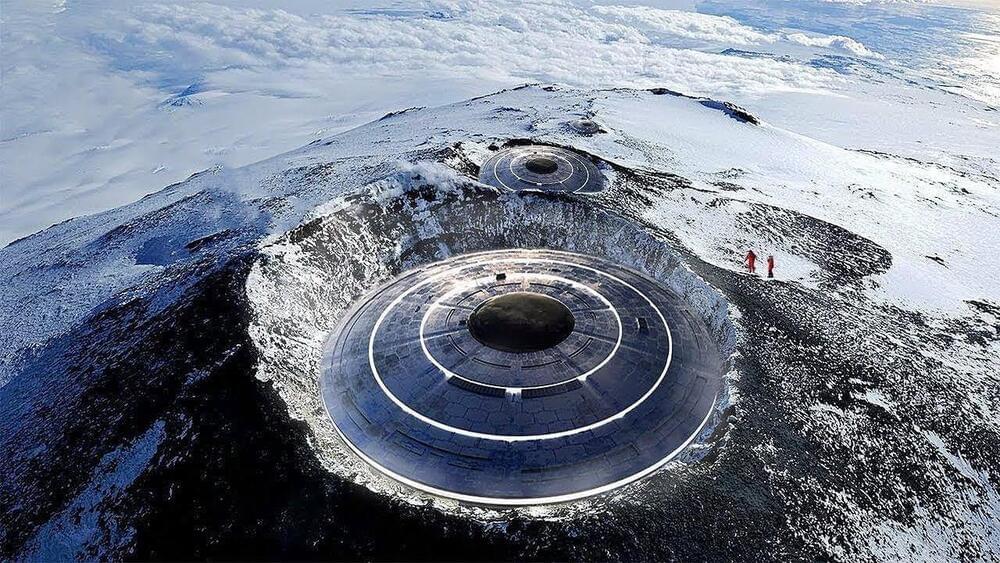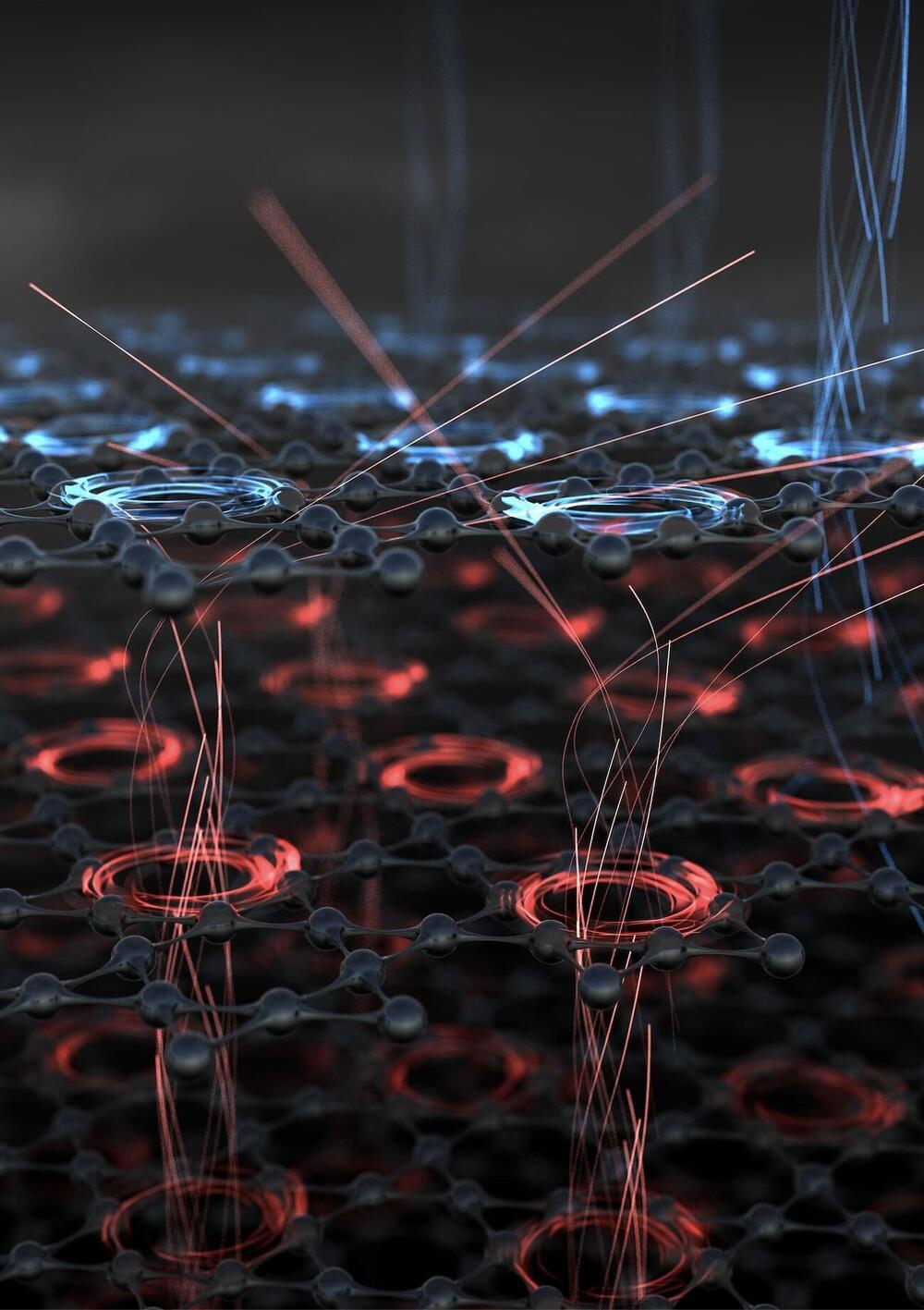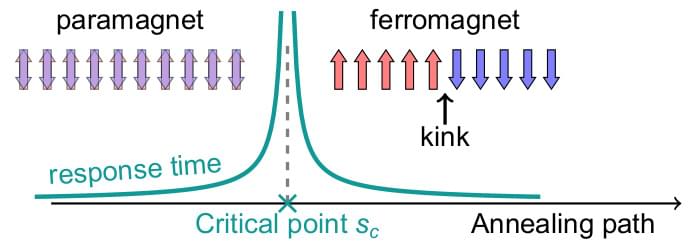Oct 17, 2022
Two vulnerabilities affecting Dell EMC PowerStore Family Operating System
Posted by Saúl Morales Rodriguéz in category: robotics/AI
Dell Technologies is a leading provider of IT storage hardware solutions to promote data backup and recovery and accelerate the journey to cloud computing. Dell EMC PowerStore achieves new levels of operational simplicity and agility, utilizing a container based architecture, advanced storage technologies, and intelligent automation to unlock the power of your data. Based on a scale-out architecture and hardware-accelerated advanced data reduction, PowerStore is designed to deliverenhanced resource utilization and performance that keeps pace with application and system growth.


















